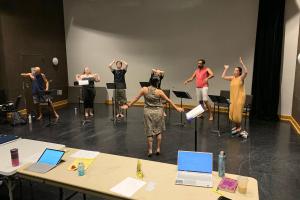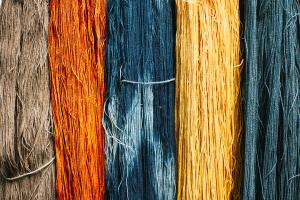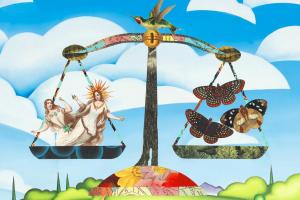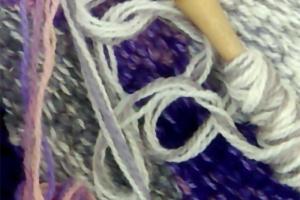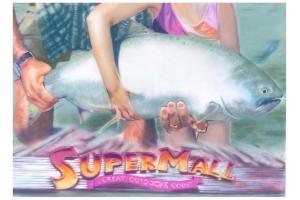See Cynthia Camlin's BOG at Geheim this April
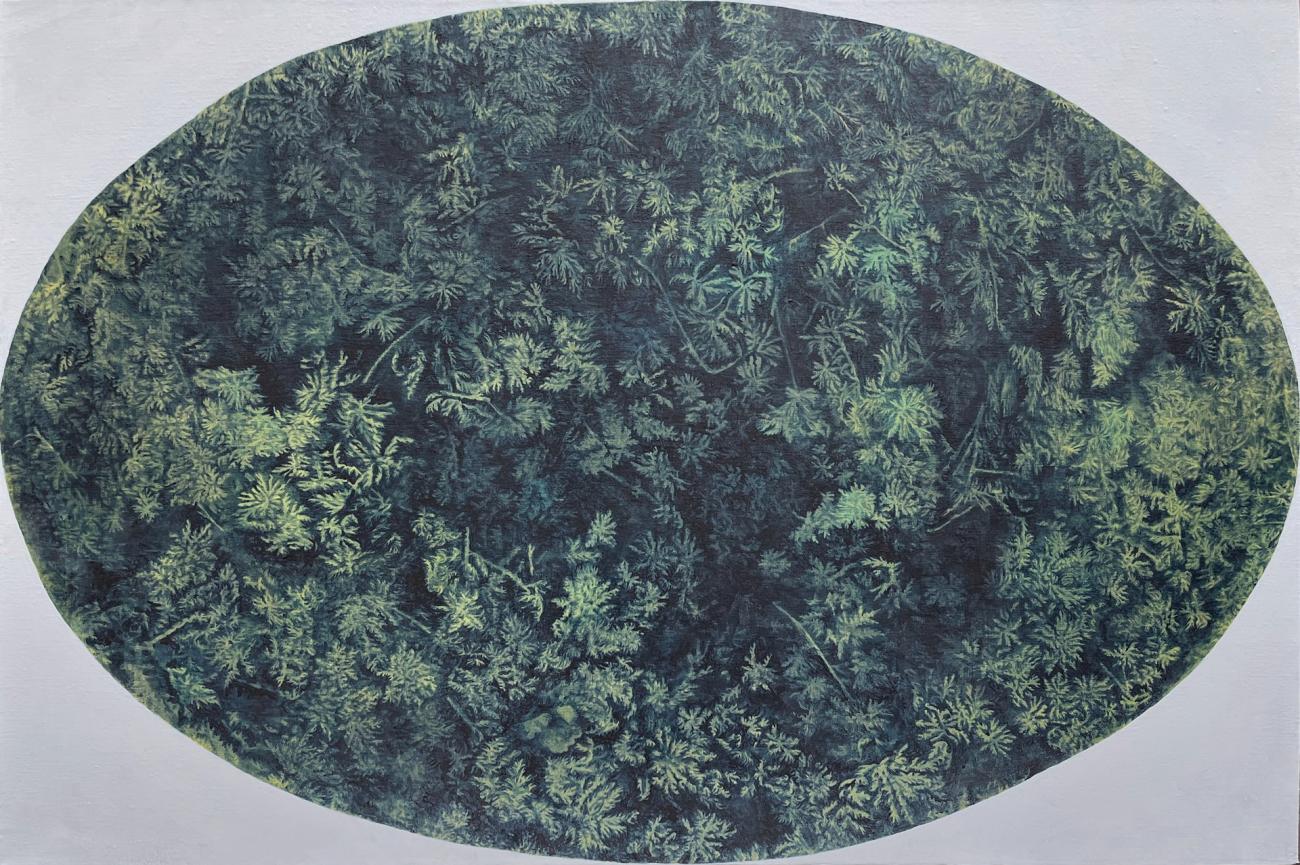
Cynthia Camlin’s latest work draws inspiration from sites in the coastal Southeast where she grew up. The paintings in "BOG" call attention to the unique ecosystems called Carolina Bays. These oval-shaped bogs, shallow lakes and savannas once numbered in the thousands: a vast pattern of oval depressions, aligned northwest to southeast.
The works at Geheim Gallery in Bellingham, WA are open for viewing 11 a.m. to 4 p.m. on Saturday and Sunday, or by appointment.
The works in BOG
"Anamorphic Carolina" is a diagonal installation of 150 small watercolors using plants and rust, inscribed with quotes that convey both a sense of wonder and the settler drive for "improvement" and profit that destroyed these coastal ecosystems.
The paintings in "Flower and Trap" delight in the fire-resistant plants endemic to the bays, such as Dionaea muscipula, with the insects that pollinate and feed them.
With intricacy, pattern and lack of hierarchy, the large oval "Sphagnum" paintings and elongated "Peat Dream" watercolors honor the BOG itself -- whose acid, watery depths, compressing time immemorial, provide the most efficient carbon sink on earth.
About Cynthia Camlin
Born in Orangeburg, SC, Cynthia Camlin grew up in the Southeast and received a BA from Duke University and MA from the University of Virginia. She was a single parent of a 6th-grader when she went back to school to attend the MFA program at UT-Austin in 1997.
Already there was an environmental focus in her work, as she reacted to the explosion of growth in Austin. In paintings of animals and landscapes she sought to trouble expectations for the picturesque and sublime.
In the last two decades, as she moved for teaching positions and finally settled in Bellingham as professor at Western Washington University, her work has addressed climate change, especially through the imagery of polar ice, abstracted and undermined by melt and movement.
In recent years her paintings have turned to the entanglement of social and ecological histories, increasingly with materials that carry the meaning of place.

